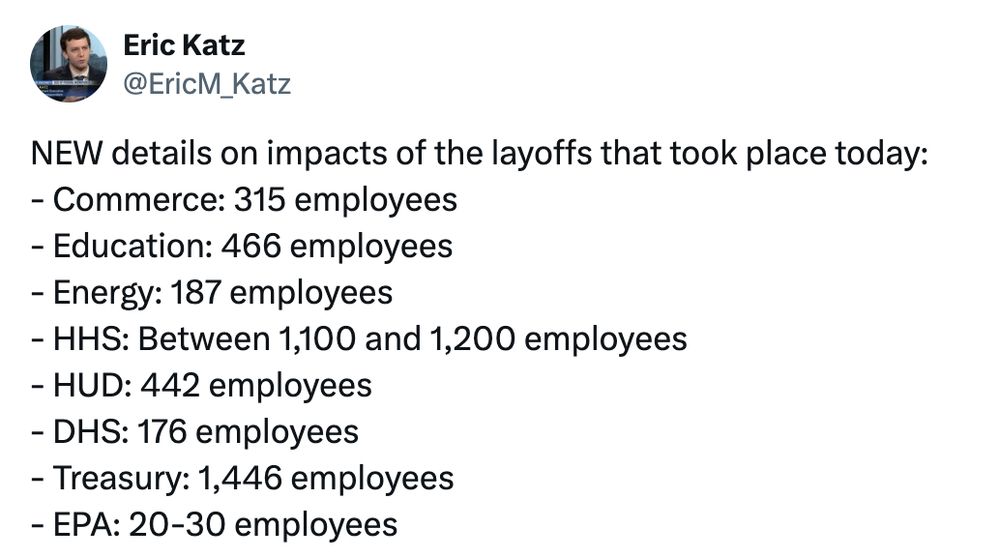Dan Garisto
@dangaristo.bsky.social
5.2K followers
300 following
1K posts
science journalist | good physics, bad physics, and sometimes ugly physics
Signal: dgaristo.72
Email: [email protected]
Posts
Media
Videos
Starter Packs
Reposted by Dan Garisto
Reposted by Dan Garisto


















